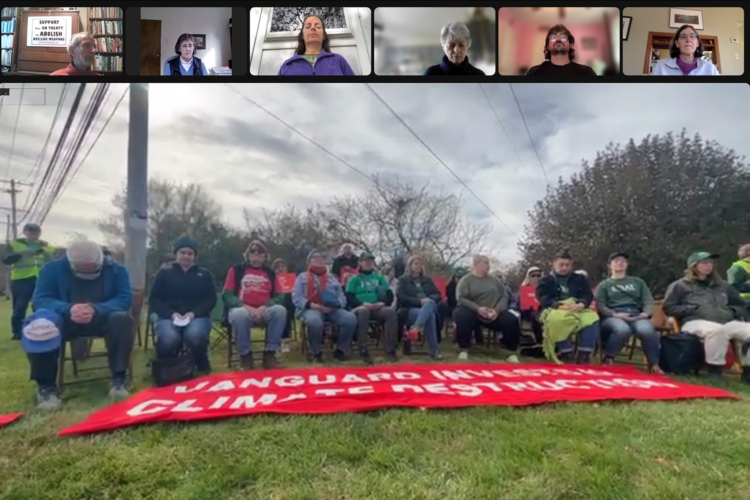Spring is Here: Time to Plant Native Plants
![Photo by Kathy Barnhart. She writes, “Chinese Houses, California Poppies, Lupines, Tidy Tips amidst the oak trees make such a wonderful palette. This area in Shell Ridge Open Space Preserve [CA] is tended by a large group of volunteers, encouraging native flowers and plants and weeding out invasives. What a gift they have given to all!”](https://quakerearthcare.org/wp-content/uploads/dynamic/2022/05/Native-California-Flowers-by-Kathy-Barnhart-800x0-c-default.jpg)
By Jim Kessler.
Native plants are adapted to the local area and its climate. Unfortunately, many of our beautiful non-native garden flowers provide little or no food for honeybees, native pollinators, songbirds, and other wildlife. Non-native plants have the potential to become invasive species, weeds that spread rapidly and often crowd out native species. Native wildflowers and grasses are very beautiful, produce a wide variety of shapes, colors, and bloom times. Native plants are important because they:
- Reduce Maintenance. Local native plants need no fertilization, no pesticides, and little or no watering once they are established, so they reduce maintenance costs. Native plant gardens do require weeding and some maintenance.
- Increase Critical Wildlife Habitat. Loss of plant habitat is one cause of local extinctions of native wildlife. Since urban development and agriculture have removed a large percentage of native plant populations from our North American landscape, many pollinators, songbirds, and other native wildlife populations are rapidly declining. The World Wildlife Fund’s 2020 Living Earth Index shows an average 68% decrease in monitored populations of mammals, birds, amphibians, reptiles and fish between 1970 and 2016. Many wildlife species will become extinct without the restoration of native plant populations that provide their food and shelter. Planting native trees, shrubs, wildflowers, and grasses in yards, on acreages and farms, on corporate property, and in public spaces can reverse this decline.
- Help our Songbirds. Migrating songbird populations have declined 1% annually during the last 50 years. Songbirds feed their young insect larvae which are found mostly on native plants. The result of declining native plant populations from the landscape is that many baby birds starve. Planting natives in urban yards and rain gardens increases songbird populations.
- Save Monarch Butterflies. Monarch butterfly populations have been declining very rapidly, in part due to the loss of milkweed populations, though recent conservation efforts seem to be helping. Some hopeful news: 250,000 monarchs landed along North America’s Pacific Coast this winter, the highest numbers since 2016, according to the Xerces Society for Invertebrate Conservation. Planting local native milkweed species in gardens and other residential landscapes is crucial to the survival of monarch butterflies.
- Increase Vital Honeybee and Native Pollinator Populations. The current pollinator crisis is important to everyone. One of every three bites that we eat requires insect pollination. 80% of our plants cannot produce seeds without insect pollination and would become extinct without pollinators. Honeybees, native bees, and other native pollinators are declining because there are not enough native wildflowers to supply the nectar they need to stay healthy. Widely used neonicotinoid pesticides are insect nerve toxins that are especially deadly to bees and other pollinators. The solution to our pollinator crisis is to plant lots of local native wildflowers and to keep them free of pesticides. Native plantings also increase populations of other beneficial insects that feed on insect pests in our yards and gardens.
Gardeners can make a significant difference for honeybees, native pollinators like the monarch butterfly, songbirds, and other wildlife populations by planting natives in yards and acreages. Your native plant garden or larger native planting can be part of that difference.
Jim Kessler is a member of Grinnell Friends Church (Iowa Yearly Meeting –FUM) and teaches Environmental Biology at Iowa Valley Community College–Grinnell.


